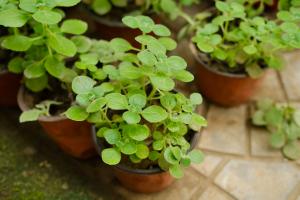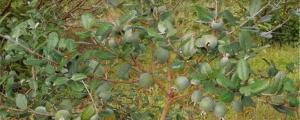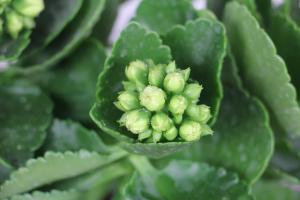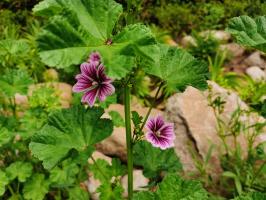1、 Curing method
1. Soil management: its requirements for soil are not high. Generally, fertile sand with good drainage is selected. If possible, you can also buy the soil for special breeding plants
2. Water demand: the demand for water is very high. I like a humid environment. Timely watering and irrigation is more conducive to the growth demand of Centella asiatica

3. Light management: Centella asiatica is suitable for growing in semi shady places. It is generally suitable for semi sunshine and not strong light. When the light is strong, you should pay attention to shade it
4. Nutrient management: organic fertilizer is generally used, which can be applied once every 15-20 days. This is more conducive to its roots to absorb nutrients and promote its growth

2、 Breeding skills
1. Propagation: generally, separate propagation is selected. In early spring, robust plants are selected and transplanted to the soil with sufficient nutrients. The messy grass branches around them should be removed in time to avoid absorbing the nutrients in the soil
2. Pruning: when you see dead branches and rotten leaves of Centella asiatica aging, you should clean them up in time. The cleaned branches and leaves should be buried, and their roots should not be allowed to be used as fertilizer, which will infect other healthy branches and leaves and affect their growth

3、 Diagnosis and treatment problems
1. Yellowing of branches and leaves: the main reason for yellowing of branches and leaves is that the soil is too dry or too wet and insufficient nutrients. At this time, the yellowing branches and leaves should be treated and trimmed first, then the compound fertilizer should be melted in water, the branches and leaves should be sprayed with a small watering can, and then poured into the root
2. Diseases and insect pests: the diseases and insect pests of Centella asiatica are very few. As long as we pay more attention to management and prevention at ordinary times

4、 Other issues
1. Whether it can be hydroponically cultivated: Centella asiatica can be hydroponically cultivated. Put it in a place with sufficient light and ventilation, regularly check the water quality and change the water, timely remove the withered leaves inside, and properly trim its branches and leaves and its complex roots, which can promote the absorption of nutrients by its roots and more effectively promote the growth of Centella asiatica
2. Whether it is poisonous: Centella asiatica is not poisonous and can be safely cultivated. Centella asiatica has a strong ornamental effect and has made a lot of contributions to greening


 jackfruit
jackfruit snake plant
snake plant hibiscus
hibiscus hydrangea
hydrangea lavender
lavender Green roses climb al...
Green roses climb al... If you don't pay att...
If you don't pay att... Management of four g...
Management of four g...



































